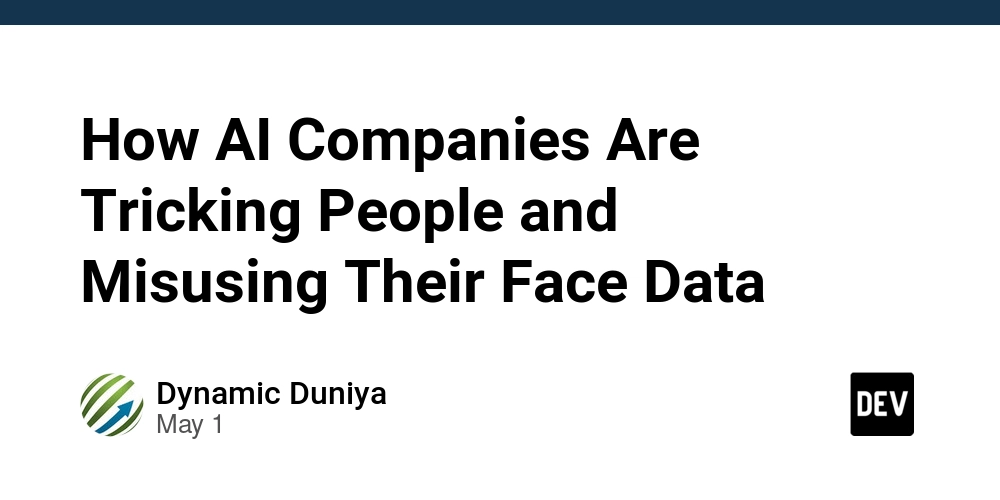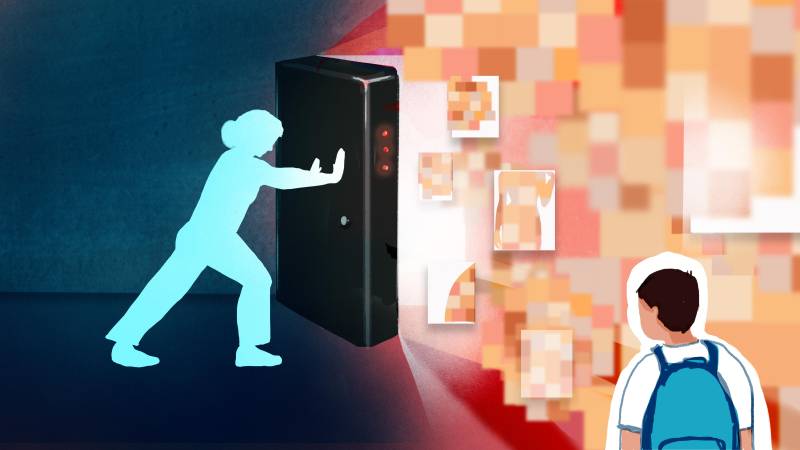How will AI impact students’ biggest challenges?
AI is becoming increasingly integrated into the classroom, but according to a new report, most educators don't believe AI is the answer to the biggest challenges they or their students are facing today.


Key points:
- Educators see the greatest potential for AI in language translation and career readiness
- 5 AI tools for classroom creativity
- With AI coaching, a math platform helps students tackle tough concepts
- For more news on AI in education, visit eSN’s Digital Learning hub
AI is becoming increasingly integrated into the classroom, but according to a new report, most educators across K-12 and higher education around the world don’t believe AI is the answer to the biggest challenges they or their students are facing today.
In the second annual McGraw Hill Global Education Insights Report: Challenges, Opportunities, and the Future of Education in the Age of AI, educators once again ranked societal issues like challenges outside of school (52 percent) and mental/behavioral health struggles (43 percent) as the top obstacles to student success.
While educators also said managing such mental and behavioral struggles among their students is the biggest difficulty they experience (45 percent), they seem skeptical that AI will help them address these challenges. Educators ranked supporting students’ mental health and social skill development among the issues that have the lowest potential for AI to have a positive impact, according to the survey of more than 1,300 K-12 and higher education educators in 19 countries, including the U.S., Canada, and in Europe, Latin America, Asia and the Middle East, conducted by Morning Consult on behalf of McGraw Hill.
“For the second year in a row, educators around the world and across education levels are saying the most significant obstacles they and their students are facing are those that extend beyond the classroom,” said Simon Allen, CEO of McGraw Hill.
“While AI offers new tools to enhance learning, the biggest challenges in education are highly persistent and won’t be solved overnight. That’s why it’s crucial that we continue to listen to what educators are saying so we can identify meaningful solutions to empower their work and address these ongoing challenges.”
How AI is having the greatest impact for educators
The survey also found the use of AI in education is on the rise globally. Two-thirds (68 percent) of educators say they currently use generative AI (GenAI) in their roles or expect to within the next year. Though U.S. K-12 and higher education educators rank among the lowest globally for AI adoption, use among both groups has increased over the last year. Meanwhile, educators across regions and grade levels estimate roughly half (47 percent) of their students are using AI for schoolwork.
Despite doubts from educators about AI’s ability to address their biggest challenges, its growing use is revealing meaningful ways the technology is being used to enhance teaching and support student learning.
- When it comes to areas in which AI can have a positive impact on students, educators see the greatest potential for AI in language translation (1st), preparing students for career readiness (2nd), and helping them improve grades and test scores (3rd).
- For AI’s impact on educators themselves, the potential to save time on administrative work and the opportunity to personalize learning are top ranked (1st–tie), in addition to avoiding burnout (3rd).
Among educators who said that GenAI saved them time (59 percent), the median time savings was 3-5 hours per week. However, educators don’t seem to connect those time savings to more time to tackle the social-emotional or student engagement support they struggle to adequately provide.
“In classroom contexts, AI should support the creation and maintenance of meaningful relationships between teachers and students, and among classmates,” said Dylan Arena, Chief Data Science & AI Officer at McGraw Hill. “We hope to help educators leverage AI to create efficiencies that let them dedicate more time to building connections while personalizing learning experiences for students. It’s also important to help students find ways to use AI to support learning rather than shortcutting it.”
Globally, more than two-thirds of educators (68 percent) said AI could replace only some of their job, ranking time spent on administrative tasks as the most automatable parts of their work and teacher-student relationships as the least automatable.
“AI can be a powerful tool for efficiency and personalization in education. By leveraging AI thoughtfully, educators can extend their capacity, reach, and positive impact on learners,” Allen said.
This press release originally appeared online.




















_Brian_Jackson_Alamy.jpg?width=1280&auto=webp&quality=80&disable=upscale#)




















































